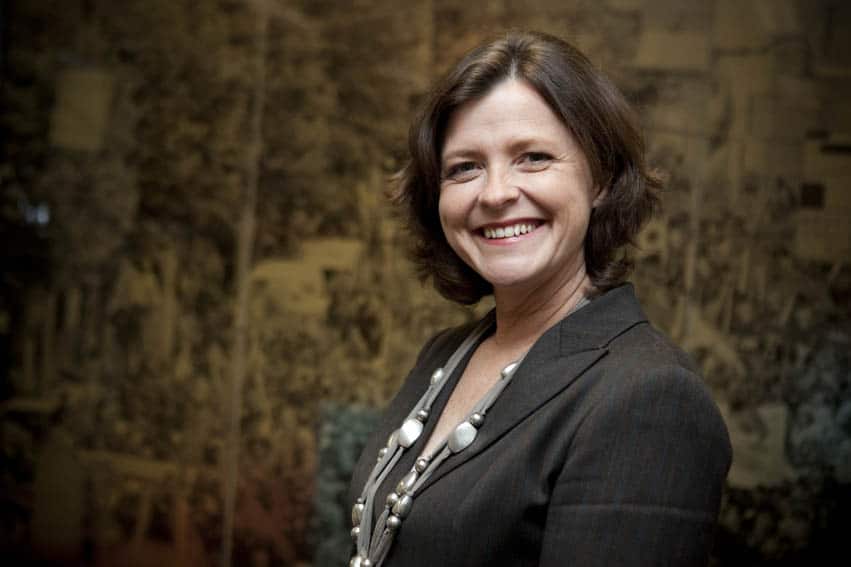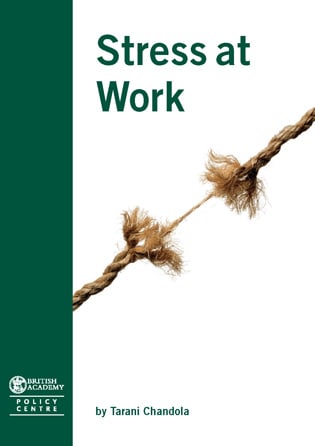Certain memories
I cannot escape certain OHS memories. They are the ones that inform many of the decisions I make in matters of health and safety. Rightly or wrongly they feed my aspirations, my efforts, frustrations and my anger at what I see too often in many workplaces. What I do and what I know feeds on these memories.
I recently inspected a workplace that uses huge amounts of chemicals. The place was covered with health and safety signs and strongly smelled of a range of chemicals. But overall it was clean, neat and half way respectful of workers’ health. I could see workers here and there watching me walk around with the union delegate and H&S representative, and they knew that there would be a lunchtime mass meeting for me to say my piece. But I couldn’t get Mr White out of my mind. This was one of my persistent memories. My personal OHS canaries warning me not to forget things.
I met him at the end of an extended OHS inspection I conducted at his workplace. The manager on the day was decent and very helpful, he facilitated a great deal. This factory used large amounts of a particular chemical, and has been for more than 30 years, his entire working life was spent in this factory working with this chemical.
He introduced himself unusually as ‘Mr White’, stuttered, smiled hesitantly and said, ‘Mick’, almost as if his first name was unimportant, just an afterthought. He clutched a stack of papers tightly to his chest and waited for a gap in the conversation so he could say his bit. Continue reading “I wish for an OHS time machine”




